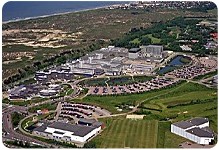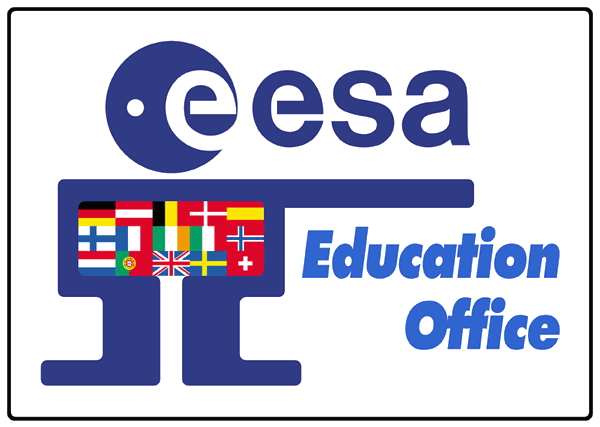| Its mission is to shape the development of Europe's space capability
and ensure that investment in space continues to deliver benefits to the
people of Europe.
The programmes from are limited to pacific applications, including both manned and unmanned missions. ESA's 15 Member States are Austria, Belgium, Denmark, Finland, France, Germany, Ireland, Italy, the Netherlands, Norway, Portugal, Spain, Sweden, Switzerland and the United Kingdom. Canada has special status and participates in some projects under a co-operation agreement. |
 |
| As can be seen from this list, not all member countries of the European
Union are members of ESA and not all ESA Member States are members of the
EU. ESA is an entirely independent organisation although it maintains close
ties with the EU with whom it shares a joint space strategy.
|
 |
Apart from this, ESA has other establishments in France (the Headquarters, in Paris), Germany (the European Space Operations Centre in Darmstadt, and the European Astronauts Centre, in Cologne), Italy (the processing of Earth observation data in Frascati, near Rome) and the French Guyana (the launch site, in Kourou). ESA staff comes from all the Member States and its official languages are English and French. |
|
ESTEC's principal activities are:
|
|
My job on this department is focused on the development of two experiments
for the Foton platform as well as some student projects to be carried out
on board of the International Space Station and sounding rockets.
|
 |
|
| Iñaki Rodriguez Rebolledo |
|
Curriculum Vitae, 2004 |